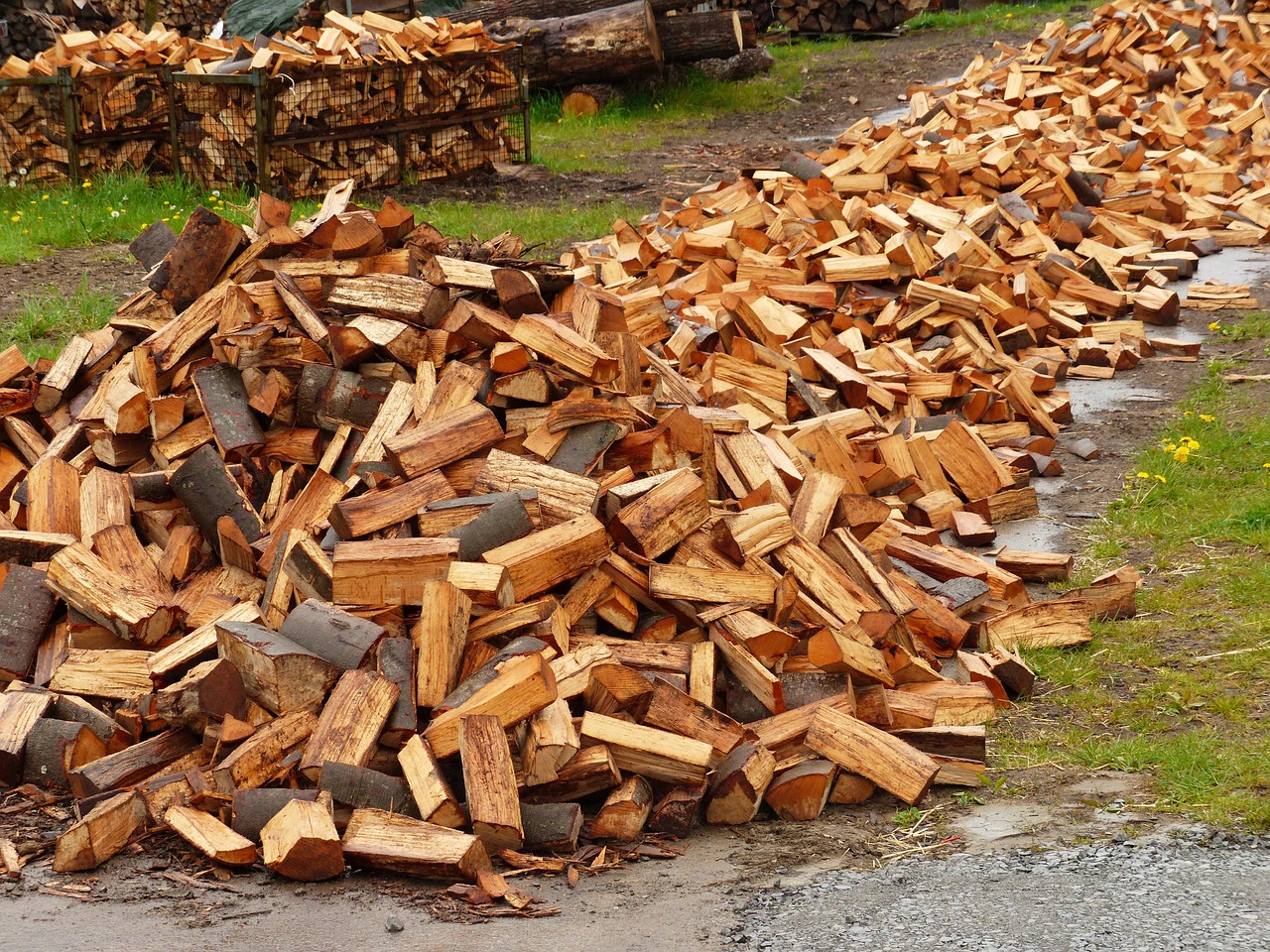In the fascinating world of firewood, Almond emerges as a unique and favored choice. Celebrated for its exceptional burning qualities and delightful fragrance, Almond firewood has captured the attention of homeowners, chefs, and outdoor enthusiasts alike. This comprehensive guide dives into every aspect of Almond firewood, exploring its characteristics, sources, and the benefits and considerations associated with its use.
Characteristics of Almond Firewood
Almond trees belong to the Rosaceae family and are closely related to peach and apricot trees. Native to the Middle East, Almond trees have been cultivated for thousands of years for their nuts, but their wood also possesses valuable properties for burning.
- Density and Hardness: Almond firewood is prized for its high density and hardness. The wood is dense and heavy, making it an excellent choice for long-burning fires. The density ensures that the wood burns hot and produces a sustained and steady flame, making it a favorite among those who appreciate a reliable heat source.
- Aromatic Qualities: One of the distinctive features of Almond firewood is its pleasant aroma when burned. The wood releases a sweet and nutty fragrance that adds to the overall ambiance of the fire. This aromatic quality makes Almond firewood especially popular for use in fireplaces and wood-burning stoves.
- Clean Burning: Almond firewood is known for its clean-burning characteristics. It produces minimal creosote, a byproduct of incomplete combustion that can build up in chimneys and pose a fire hazard. The low creosote content of Almond wood makes it a safer option for heating applications.
Sources of Almond Firewood
Almond firewood is typically sourced as a byproduct of almond orchards. Almond trees are pruned regularly to promote healthy growth and increase nut production. The pruned branches and wood that result from these practices are often collected and sold as firewood.
The popularity of Almond firewood has led to increased attention to sustainable harvesting practices. Many suppliers ensure that the wood they offer comes from responsibly managed orchards, where pruning is done in a way that promotes tree health and longevity.
Like any quality firewood, Almond wood needs to be properly seasoned before use. Seasoning involves allowing the wood to dry out sufficiently, reducing its moisture content to enhance its burning efficiency. Almond firewood typically requires a seasoning period of 6 to 12 months, depending on local climate conditions.
The Benefits of Using Almond Firewood
Almond firewood boasts a high energy content, meaning it produces a significant amount of heat when burned. This makes it an efficient choice for heating purposes, especially during colder months. The high energy content also contributes to longer burn times, reducing the need for constant replenishing.
Due to its density and high energy content, Almond firewood is known for its long burn times. This is particularly advantageous for those who want to maintain a consistent heat source without constantly adding new logs to the fire. The extended burn times also contribute to the cost-effectiveness of Almond firewood.
Almond firewood produces minimal ash and residue, which simplifies the cleaning and maintenance of stoves and fireplaces. The clean-burning qualities of Almond wood contribute to a more efficient and hassle-free heating experience.
Beyond its practical benefits, Almond firewood enhances the aesthetic appeal of a fireplace or wood-burning stove. The aromatic qualities of the wood, coupled with the visually pleasing flame it produces, create a warm and inviting atmosphere. This makes Almond firewood a popular choice for both functional and decorative purposes.
Considerations and Tips for Using Almond Firewood
To maximize the burning efficiency of Almond firewood, proper storage is essential. The wood should be stored in a dry and well-ventilated area, protected from rain and snow. Stacking the wood off the ground on a pallet or rack helps to prevent moisture absorption.
Allowing Almond firewood to properly season is crucial for optimal performance. Wood that is too green or has a high moisture content can be challenging to light and may produce excessive smoke. Ensuring a sufficient seasoning time of at least 6 to 12 months helps achieve the desired low moisture content.
While Almond firewood is exceptional on its own, some users prefer to mix it with other types of firewood to achieve a balanced and customized burn. Combining Almond wood with hardwoods like oak or hickory can provide a well-rounded fire with a mix of heat intensity and longevity.
As with any type of firewood, safety should always be a priority. Regular chimney inspections and cleanings are essential to prevent the buildup of creosote. Additionally, using a spark arrestor on the chimney can reduce the risk of sparks escaping and causing a fire hazard.
Comparisons with Other Firewood Types
Almond vs. Oak
Both Almond and Oak are hardwoods with high energy content, but they differ in density and burning characteristics. While Oak is denser, Almond tends to burn hotter and produce a more aromatic flame. The choice between the two often comes down to personal preference and availability.
Almond vs. Fruitwood
Almond firewood shares some characteristics with other fruitwoods, such as Apple or Cherry. Fruitwoods are known for their pleasant aroma and clean burn, but Almond’s high density and longer burn times set it apart. The choice may depend on regional availability and the specific qualities desired.
Environmental Considerations
Using Almond firewood can be considered environmentally friendly when sourced from responsibly managed orchards. Since the wood is a byproduct of pruning practices, its use does not contribute to deforestation. Additionally, burning wood releases carbon dioxide, but this is considered part of a natural carbon cycle, making Almond firewood a relatively carbon-neutral energy source.
Opting for locally sourced Almond firewood reduces transportation-related carbon emissions. Purchasing wood from nearby suppliers not only supports the local economy but also minimizes the environmental impact associated with long-distance transportation.
Conclusion
In conclusion, Almond firewood stands out as an excellent choice for those seeking a reliable, efficient, and aesthetically pleasing source of heat. From its distinctive characteristics and sources to the numerous benefits and considerations associated with its use, Almond firewood has rightfully earned its place as a preferred option among firewood enthusiasts. Whether you’re looking to cozy up by the fireplace or heat your home sustainably, Almond firewood is a versatile and rewarding choice. By understanding its qualities and following proper guidelines, you can make the most of this exceptional firewood option.





